V02 Assessment: A Wealth of Fitness Information for Training
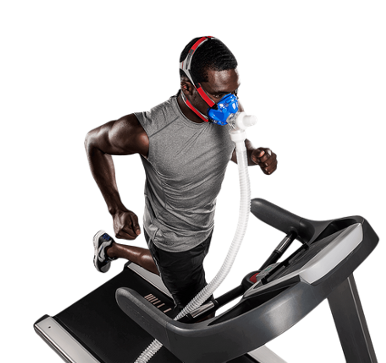 Fitness trends come and go, but heart-rate training is something that has been around for a long time; and due to its validity, I have a feeling it will not be leaving anytime soon. In fact, some places base their entire programming around your heart rate. And knowing your heart-rate training zone is actually a very useful tool for anyone—from the marathon runner to the three-times-a-week boot camp attendee!
Fitness trends come and go, but heart-rate training is something that has been around for a long time; and due to its validity, I have a feeling it will not be leaving anytime soon. In fact, some places base their entire programming around your heart rate. And knowing your heart-rate training zone is actually a very useful tool for anyone—from the marathon runner to the three-times-a-week boot camp attendee!
Maybe you have felt totally spent after a workout, or on the flip side, you have been at the gym for an hour and don’t feel very productive. Knowing your heart rate training zones can help you to train both harder as well as smarter. So become more efficient in your training by increasing your work capacity and decreasing the time it takes to do it.
Benefits of Knowing Your Training Zones
Take a look at the top 3 benefits of knowing your training zones:
- Maximize performance. Train in your zones that are based on real numbers.
- Know how to recover. Recovery is one important element to exercise that many miss. A V02 test will give you your recovery time in order to be efficient in things like intervals and rest.
- Train harder and smarter. If someone told you that you could become more fit in less time, wouldn’t you jump onto that boat? Knowing your zones allows you to be more efficient in your training
What Does This Assessment Show Me?
In other words, how efficiently does your body utilize oxygen and get it to the working muscles?
- Four different training zones (low-fat burning, moderate-endurance, high-cardio training, and peak-cardio training zones).
- V02 Max (your personal cardiovascular fitness level based on your age and gender).
- Recovery (both heart rate zone as well as time it takes you to recover from peak performance).
- Aerobic threshold (the window in which your body stops using oxygen efficiently and begins to rely on another energy system for the duration of the exercise—typically won’t last long).
- Anaerobic threshold (the point at which lactic acid builds up in the body faster than it can be removed; the point at which you do not have enough oxygen to sustain exercise for long periods of time).
- Total calories burned (the V02 gives you the total amount of calories you burn during each training zone if you sustained that pace for the entire workout).
With all this being said, I would tell anyone from the regular everyday exerciser to the most elite athlete that getting a V02 assessment is something that is beneficial for your training. The cost is $100 for NIFS members and $115 for guests.
To schedule your V02 assessment, contact the NIFS track desk at 317-274-3432 ext. 262, or fitness@nifs.org.
This blog was written by Amanda Bireline, Fitness Center Manager. To read more about the NIFS bloggers, click here.


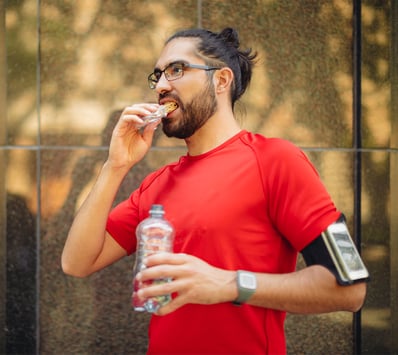 Your body needs fuel! When you are planning to do a run or a workout that is longer than an hour, the way to ensure that you have enough energy to get through it is to make sure you are eating the proper combination of foods beforehand for endurance. This is tricky, though, because you want to make sure what you are eating doesn’t upset your stomach during the workout. Here are some suggestions to get you through the workout with the right nutrition for feeling great.
Your body needs fuel! When you are planning to do a run or a workout that is longer than an hour, the way to ensure that you have enough energy to get through it is to make sure you are eating the proper combination of foods beforehand for endurance. This is tricky, though, because you want to make sure what you are eating doesn’t upset your stomach during the workout. Here are some suggestions to get you through the workout with the right nutrition for feeling great.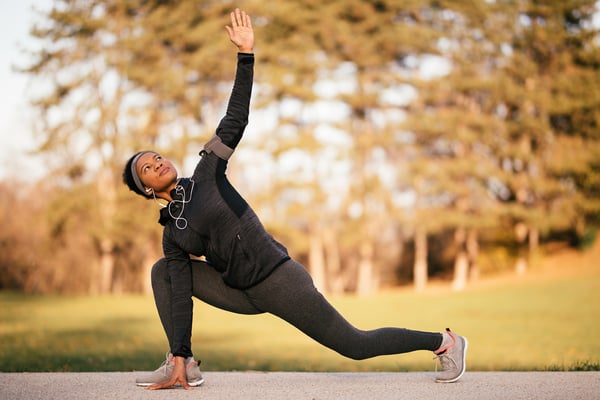 I used to work at a golf course during my time as a teacher. It was a great way to spend my summers and be close to a game I truly enjoy playing. I mainly mowed greens and tees and dug a bunch of holes. I really enjoyed that time of my life very much. On all of the mowers there was a sign that read, “If this equipment can’t work, nor can you.” I think the message is self-explanatory: if the equipment is not properly cared for, it is a very good possibility it will stop working, leading to loss of productivity and failure to complete the job.
I used to work at a golf course during my time as a teacher. It was a great way to spend my summers and be close to a game I truly enjoy playing. I mainly mowed greens and tees and dug a bunch of holes. I really enjoyed that time of my life very much. On all of the mowers there was a sign that read, “If this equipment can’t work, nor can you.” I think the message is self-explanatory: if the equipment is not properly cared for, it is a very good possibility it will stop working, leading to loss of productivity and failure to complete the job.



 I know what you’re thinking: PiYo…sounds like some contortionist/new yoga trend, doesn’t it? Only for the truly flexible mind-body gurus, right? On the contrary, PiYo—our NIFS Group Fitness Class of the Month—has made its mark over the last 10 years in the fitness world, and its actual format just might surprise you.
I know what you’re thinking: PiYo…sounds like some contortionist/new yoga trend, doesn’t it? Only for the truly flexible mind-body gurus, right? On the contrary, PiYo—our NIFS Group Fitness Class of the Month—has made its mark over the last 10 years in the fitness world, and its actual format just might surprise you.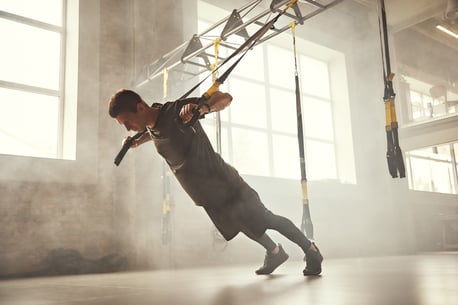 Starting from the ground up might sound like a daunting task, but with
Starting from the ground up might sound like a daunting task, but with 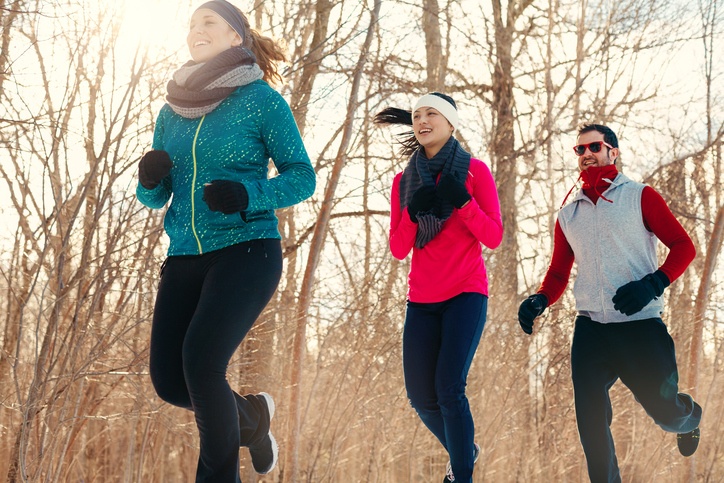 Winter is officialy here. With temperatures getting colder and the weather conditions more temperamental, it’s important to plan ahead to stay on top of your wellness goals. Distractions are inevitable during the holidays, but anticipating them and reacting accordingly will set you apart from most individuals during this season. See our tips below to help combat being sidelined this season
Winter is officialy here. With temperatures getting colder and the weather conditions more temperamental, it’s important to plan ahead to stay on top of your wellness goals. Distractions are inevitable during the holidays, but anticipating them and reacting accordingly will set you apart from most individuals during this season. See our tips below to help combat being sidelined this season